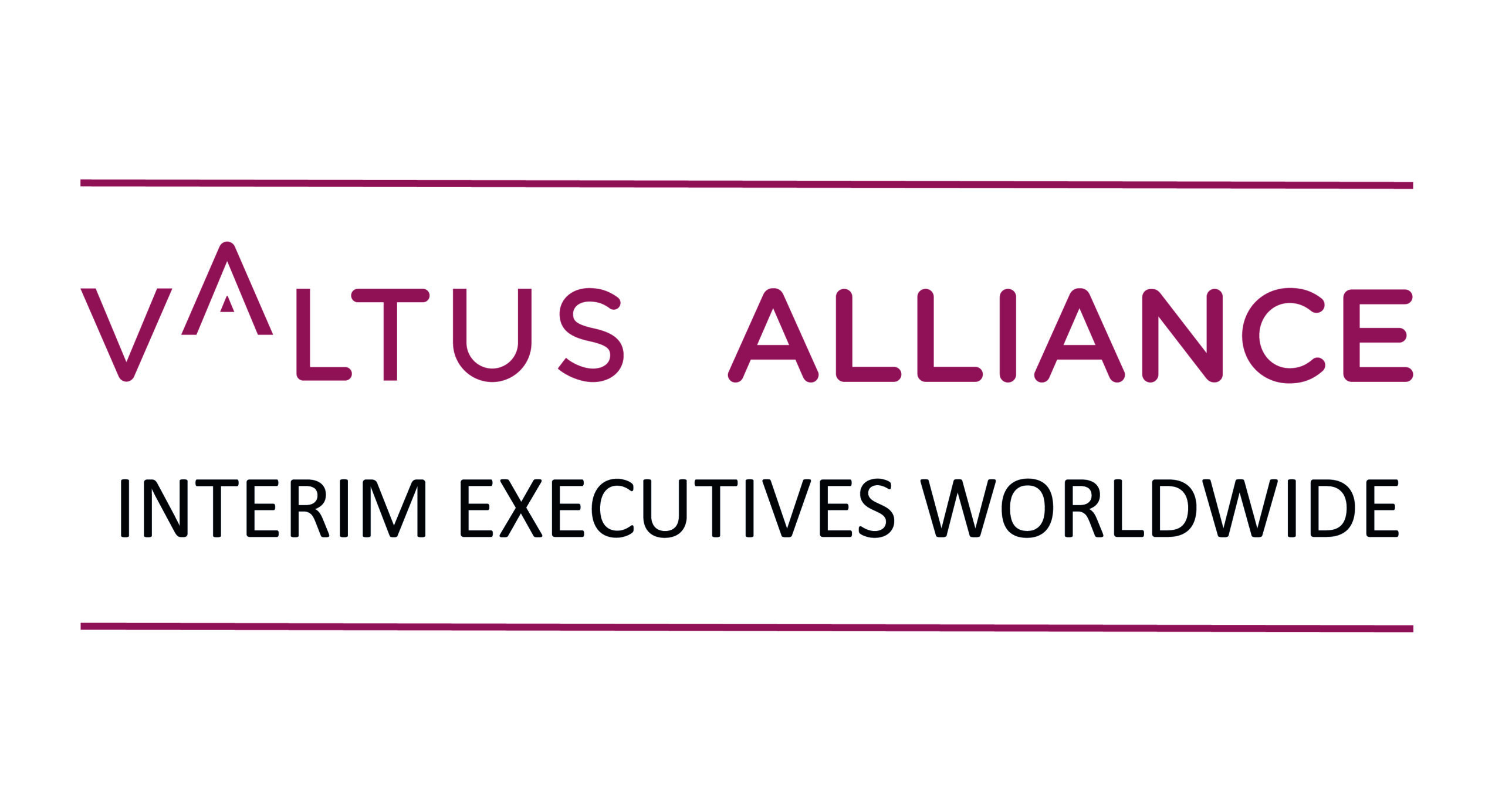Some leadership consultants would argue that a search process involving ‘transition management’ differs from a traditional executive search process in two main ways: the position has to be filled at greater speed and candidates immediately need to meet all the requirements of the role. The sense of urgency seems to be the distinctive difference. Wim De Mulder, Partner at VALPEO, does not agree: “By limiting ourselves to this perspective, we overlook a feature that is of crucial importance to search processes for transition managers: identifying what level of complexity they will be required to manage.“
“Transition managers can be given a wide variety of assignments: process optimization, strategic development, or identity development. The complexity levels are fundamentally different, and leaders are not comfortable managing complexity at all levels. They have a preferred level of complexity at which they are most comfortable and at which they perform optimally. This concept is referred to as their ‘Complexity Orientation’ and goes beyond level of experience.“
“A sharp analytical mind, creativity, solid project management skills, and a track record of finished projects are all meaningful to understand the profile of a transition manager. But they do not provide accurate information about the complexity of a candidate’s past assignments. It is necessary to understand the perspectives from which risks and opportunities were managed during previous transition assignments. Did the assignment consist of addressing a given context and looking for ways to optimize it? Or was the goal to challenge the context because that context was no longer relevant to a changing environment?“
Wim De Mulder insists, “To understand how transition managers handle complexity, we need to bring their ‘change agility’, ‘problem-solving ability’, and ‘awareness of complexity’ into focus. This can be accomplished by analysing their complexity orientation, which needs to complement the other qualities that we traditionally look for in transition managers.“
The purpose of value-added transition management
“All transition managers create their own image of the external reality,“ says Wim De Mulder. “But they do not all look through the same lens. Extensive research indicates that every manager will shape their own image of reality, based on the number of dimensions they are capable of considering: the manager’s ‘level of consciousness’.“ According to developmental psychologist Robert Kegan’s findings, this level varies from person to person.
Generally speaking, we can distinguish three levels of transition management assignments that each requires a different level of consciousness. As a consequence, each level will require strategic plans, actions, and value creation from a different perspective. Depending on the level of consciousness, a transition manager will act and respond differently to their environment.
The three most common types of transition managers: Best Practice Managers, Strategic Development Managers and Transformational Managers.
- Best Practice Managers are context managers. They place themselves in the middle of a given context and look at how the different elements within that context are connected. They strive for the best, integrate available best practices with the single purpose of optimizing the given context. When assigned to a new mission, they will look for the weakest links and focus on optimizing those to improve performance in specific situations. Their actions are aimed at improving efficiency: reducing costs and increasing revenue.
Typical terminology: operational excellence, cost reduction, market penetration. Best practice managers will not anticipate the changing business context because they focus on what is present and try to make the best of it. Profit maximization is key. They will be most successful in organizations where the focus lies on maximizing resources within a given context. - Strategic Development Managers are aware that context evolves. When assigned to a new mission, they will seek new growth perspectives by looking for new methods, concepts or systems that respond to upcoming changes. They can do so by comparing their present context with other contexts. Their actions are not principally aimed at improving efficiency (reducing costs and increasing revenue), but at anticipating trends, developing new products, services or markets, and maximizing value for the customer.
They are aware that context evolves over time. Optimizing the current context is only meaningful when the context remains relevant in the long run. They look beyond the current context to see how relevant it will be in the future. The main target becomes effectiveness, instead of efficiency. They also have the ability to create and to integrate new business scenarios into an existing context, because they have the ability to envision more than one context at the same time. Their goal is to integrate what has to be created with what is present.
Typical terminology: system integration, scenario building, customer loyalty, differentiation, experience economy. Of course, they also develop best practices to optimize efficiency, but they will contribute the most in companies where there is limited growth potential for the existing product/service portfolio and/or working methods and leaders have to embrace new sources of value creation. - Transformational Managers are aware that their activity is interconnected with the role they play in the lives of their stakeholders. Consciously shaping the role they want to play enables them to reflect on who they want to be for whom, how to best fill this role and to utilize the company’s existing competencies to create new business models and experiences that are even closer to the client’s desired lifestyle or to what will make more sense in society tomorrow. It is no longer about managing a context, but about creating one. In doing so, new activities become visible from which growth can be realized.
They will be most successful in organizations where the current market offering has the risk of becoming irrelevant and where value creation has addressed all ways of given sense to context. Their strategic intent will be aimed at providing the company with a new identity.
The ROI of appointing the right transition manager
“Leadership assessments for transition managers are significantly growing in popularity among businesses worldwide,“ says Wim De Mulder. “When executed properly, these assessments pay for themselves: The investment is negligible compared to risk of failure or misfit. But can traditional assessments be effective given they completely overlook a leader’s complexity orientation? In today’s dramatically reconfigured world, is it not a risk to assign people to transition management roles without first aligning their complexity orientation to the level of complexity that has to be managed?“
“Having insight into the required complexity orientation for an assignment, as well as the complexity orientation of each candidate will help avoid costly mistakes. A transition manager’s complexity orientation characterizes their intellectual comfort zone, defined by what they perceive. It will determine the value they will be able to create for the company (and the return on investment of the assignment).“
Wim De Mulder is convinced that successful leadership depends on a complexity orientation aligned to a given situation. “As complexity orientation differs from person to person, assessments are an indispensable tool to minimize the risk of managerial mis-hires. The right transition manager will have a complexity orientation that is aligned to the context requirements, complemented with the required knowledge and experience, a personality that fits the role, and values that fit the organization. Only this combination will really bring out the best in the people involved and guarantees sustainable competitive advantage, more capable organizations, and longer-lasting results.“
What
What is the level of complexity that needs to be managed in your organization – and who has the matching complexity orientation?
Subscribe to Ripple, the newsletter
Gain expert advice, innovative strategies, and actionable insights to drive sustainable growth and empower your organisation to thrive in today’s dynamic business landscape.



